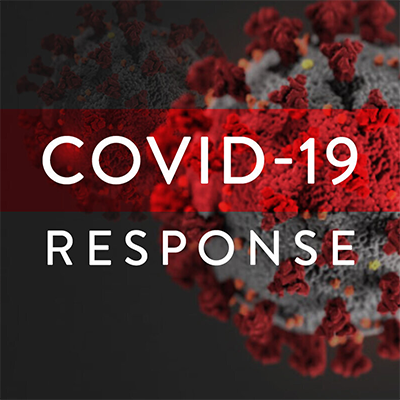Administrators who manage Windows updates should know about a change Microsoft has made to how patches will be handled starting with the May 2019/1903 update. The change is connected to work Microsoft is doing underpinnings to the Microsoft update systems infrastructure.
I first learned about this change thanks to Configuration Manager architect Bryan Dam who runs the damgoodadmin.com site. Microsoft blogged about the change late in the day on May 23, a couple of days after Windows 10 1903 and Server 1903 began rolling out.
Those using System Center Configuration Manager or Windows Server Update Services (WSUS) to patch their systems need to make a one-time change to the settings around getting updates and patches for Windows 10 1903 and Server 1903 or later, as Microsoft noted in its blog post today.
Admins/users need to manually configure the settings for 1903 in ConfigMan and WSUS, according to Microsoft, because of work it’s doing around the Unified Update Platform (UUP). From Microsoft’s post:
“With Windows 10, version 1903, we are introducing new product categories to enable future support for the Unified Update Platform (UUP) for on-premises management solutions, which provides improved delivery technologies for Windows updates. A configuration change is, therefore, required for environments running the latest public release of Configuration Manager, as well as for environments using WSUS (without Configuration Manager) for updates. (Note: UUP for on-premises management solutions is not yet available. We will have future news regarding UUP, including a public preview, at a later date.)”
In order to deploy updates to Windows 10 1903 or Server 1903, Configuration Manager version 1902 or later is required, Microsoft’s post notes. Admins will not have to select a new option each time a feature update is released for Windows 10, Server and/or Configuration Manager; Microsoft officials said they plan to automatically add this new category to software update synchronization and existing automatic deployment rules as of the next version of Configuration Manager.
Updates for Windows 10 1903 and Windows Server 1903 — and their future follow-ons — are being released under new version-specific product categories, as Dam explained in a May 22 blog post. And those using Configuration Manager or WSUS need to know this so they can manually change required settings.
The Windows 10 1903 and Server 1903 feature updates were both published under the existing Windows 10 product category. But starting with the first updates for these feature updates, the product categories change to version-specific.
As Dam noted in his own blog post this week, if admins don’t make these changes manually this time around, “the OS updates for the 1903 versions may not sync/apply/deploy/whatever if the technology you use to apply updates filters by the product category in any way.”
His advice: “Every ConfigMgr or WSUS administrator on the planet will need to manually enable these new categories if they plan to deploy updates for them,” Dam said.
There’s not a lot of published information that I could find about UUP. But here is one story from last year’s Ignite conference about UUP, which said UUP is meant to enable companies to use servicing instead of “media-based” technologies for feature updates. As of Ignite last fall, Microsoft was saying UUP would be in public preview for WSUS and ConfigMan customers before year end. UUP is already the default for customers using Windows Update, the story said.






